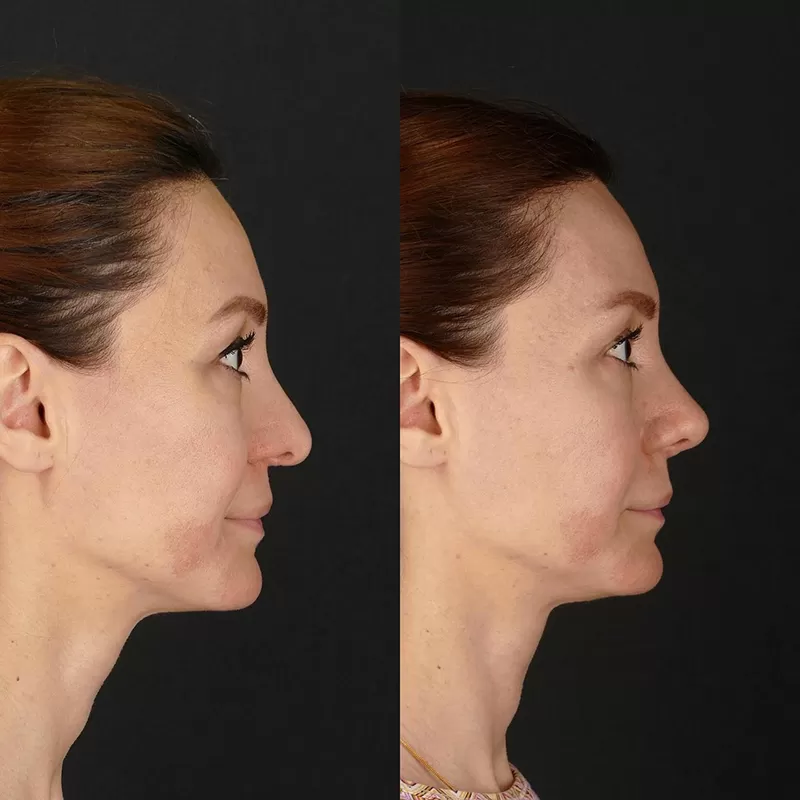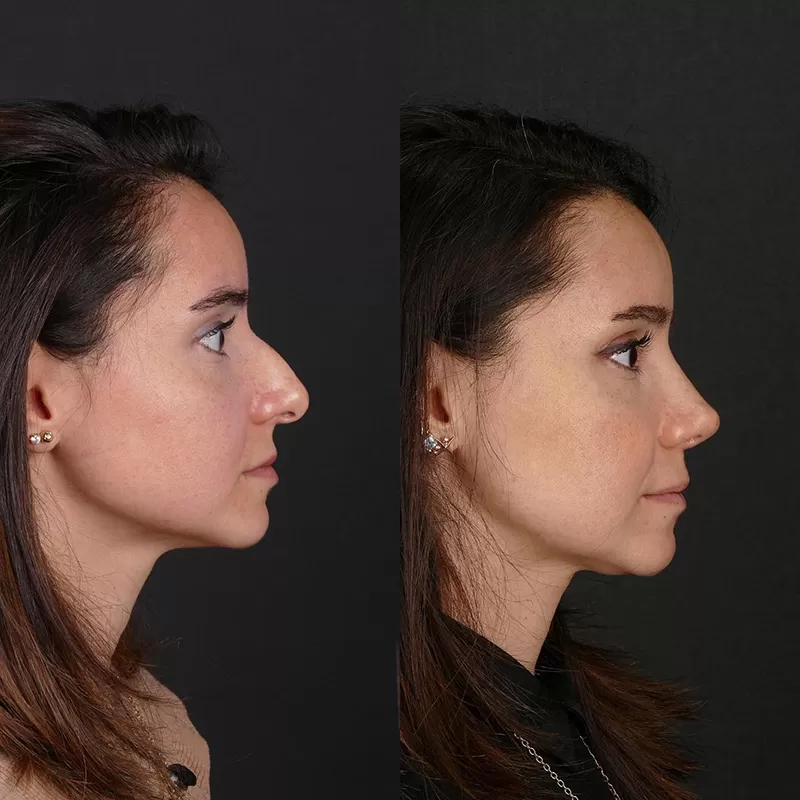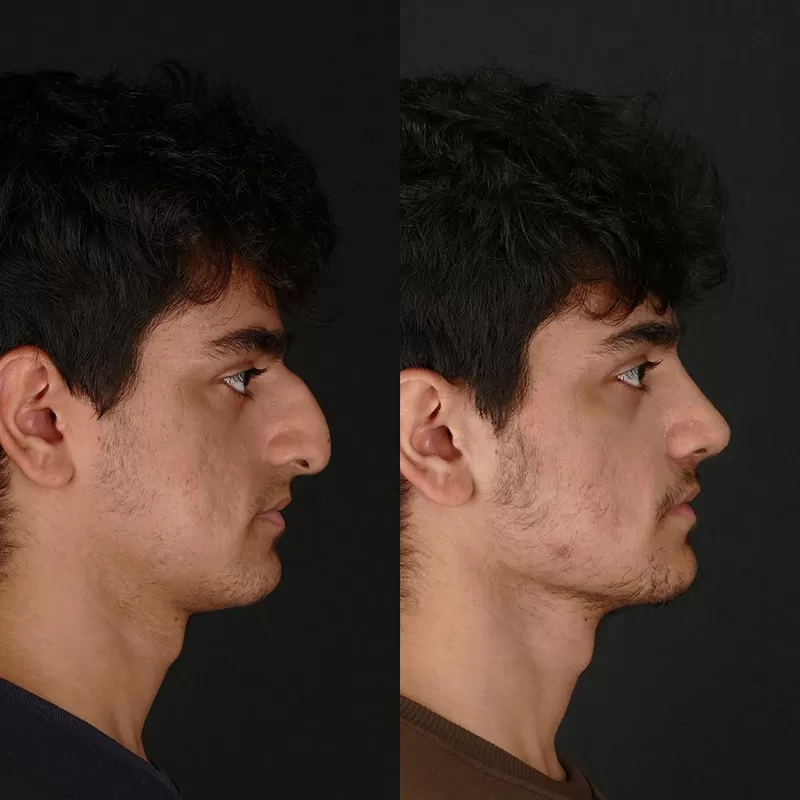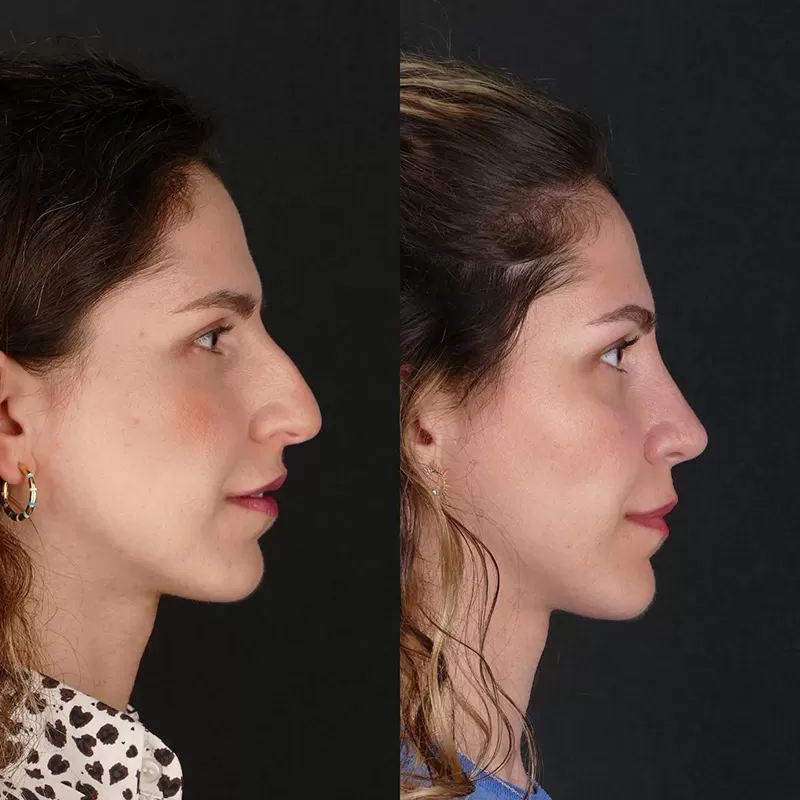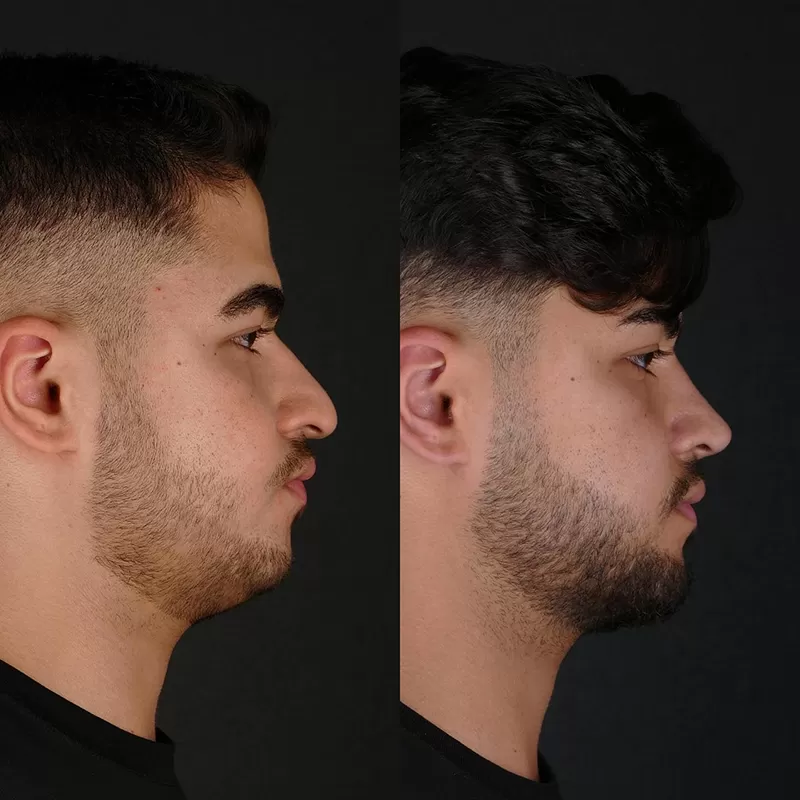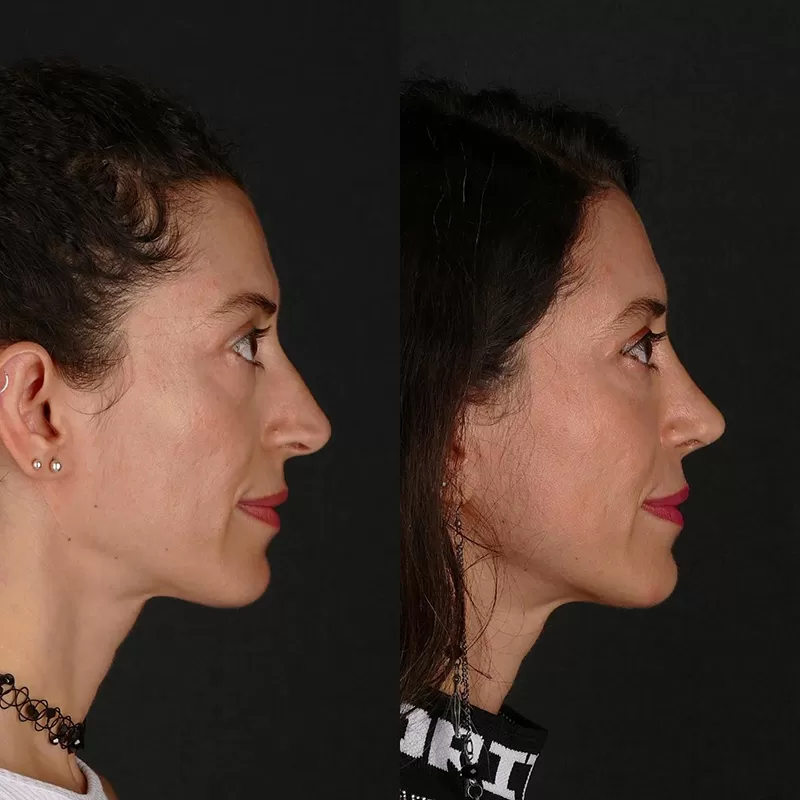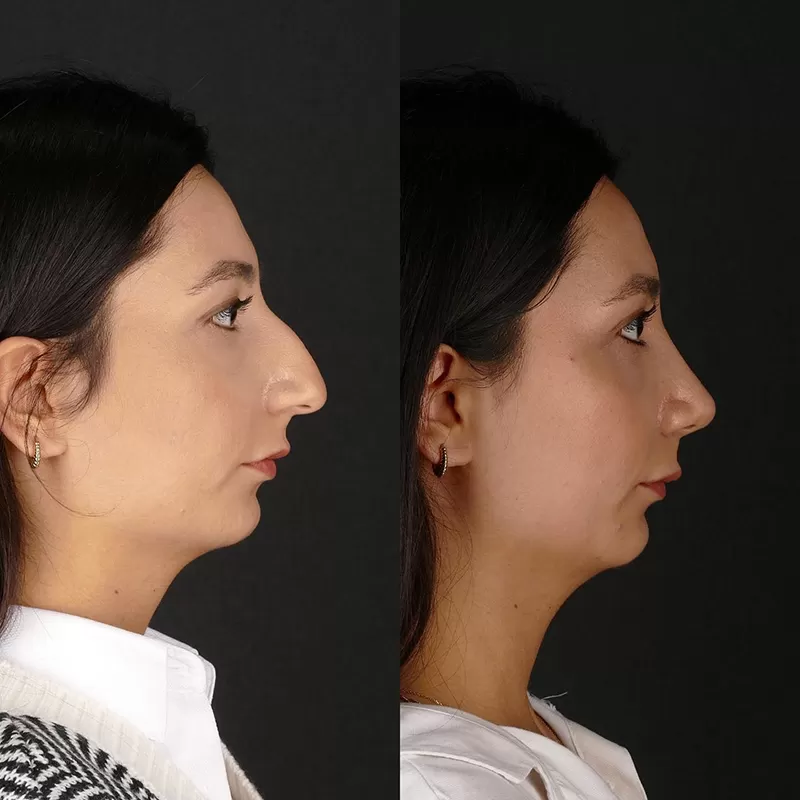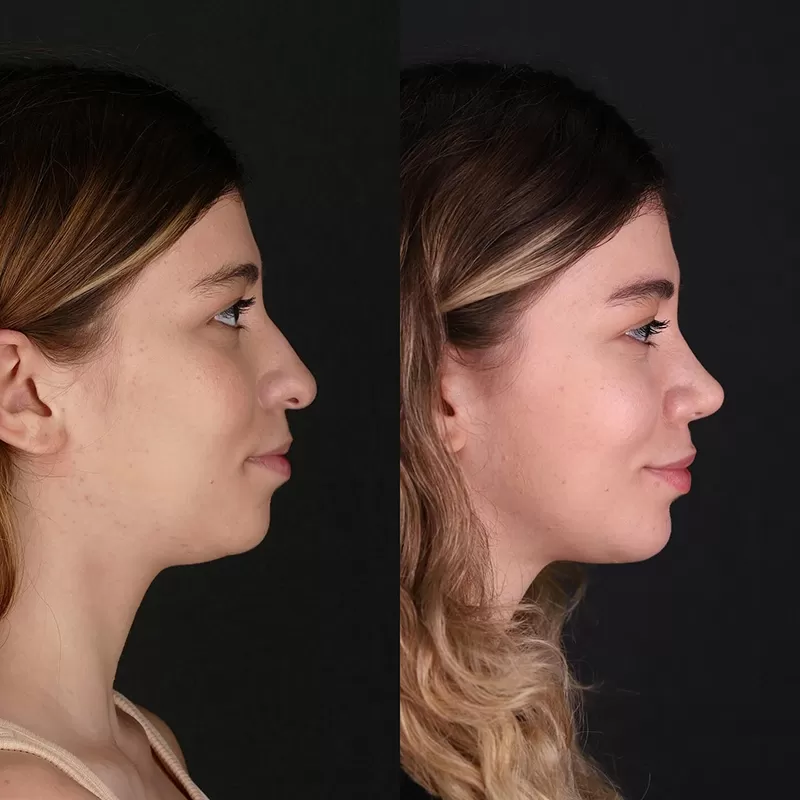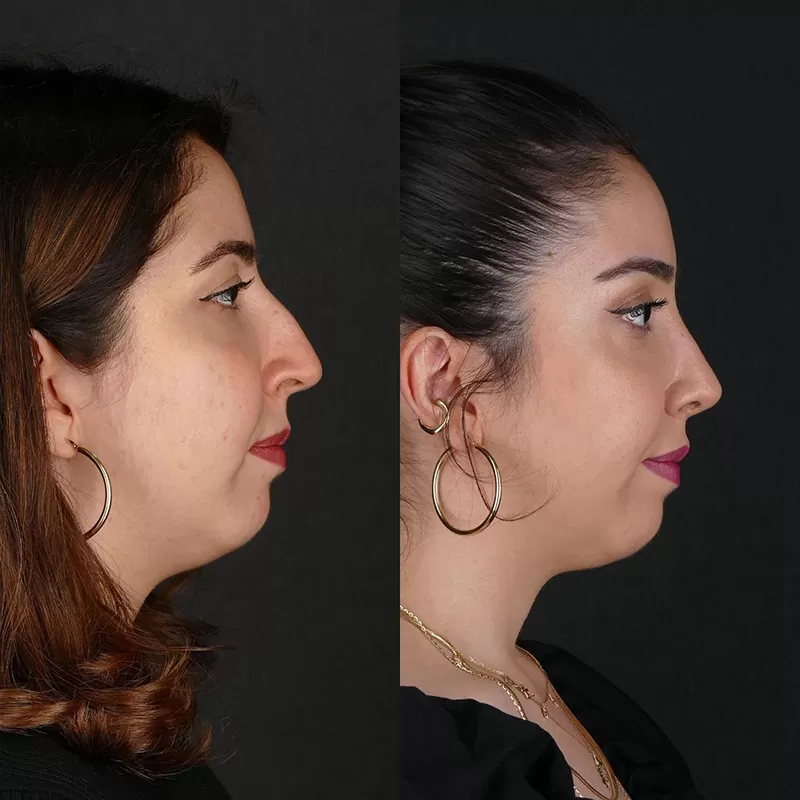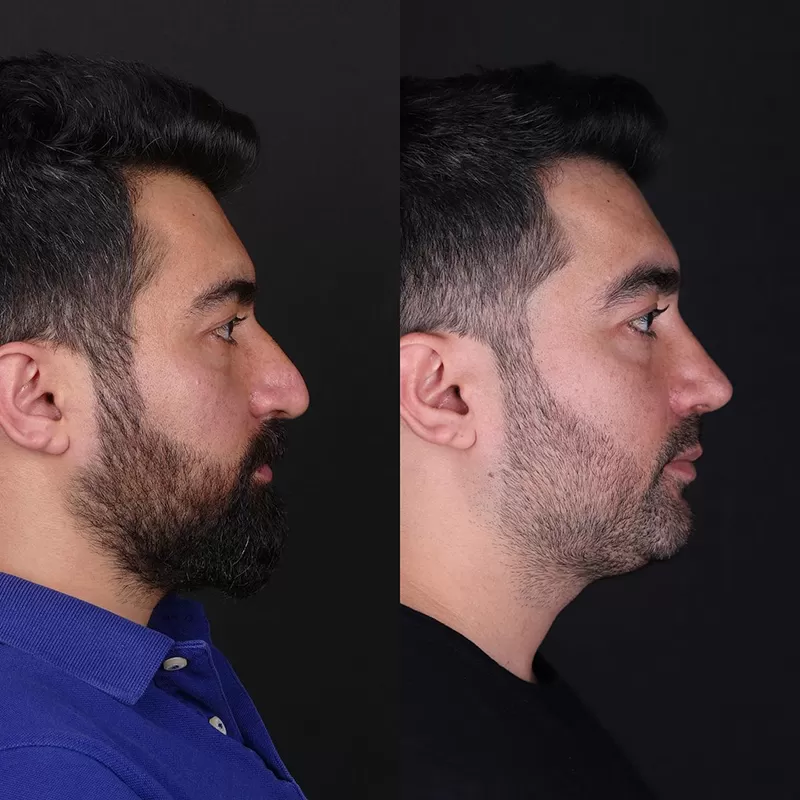Mutational Falsetto Puberfoni
İçindekiler
ToggleWhat is Mutational Falsetto Puberphonia?
To be a child means to be curious, to be happy with what you have learnt and experienced, to live carefree without thinking about the future – without resenting the past, to be satisfied with the moment.
But this beauty does not last long… Day by day, every healthy child reaches adulthood by experiencing the growth and development required by his/her age. But first they must pass puberty, the threshold between childhood and adulthood, when thoughts, feelings, habits and the body change under the influence of hormones.
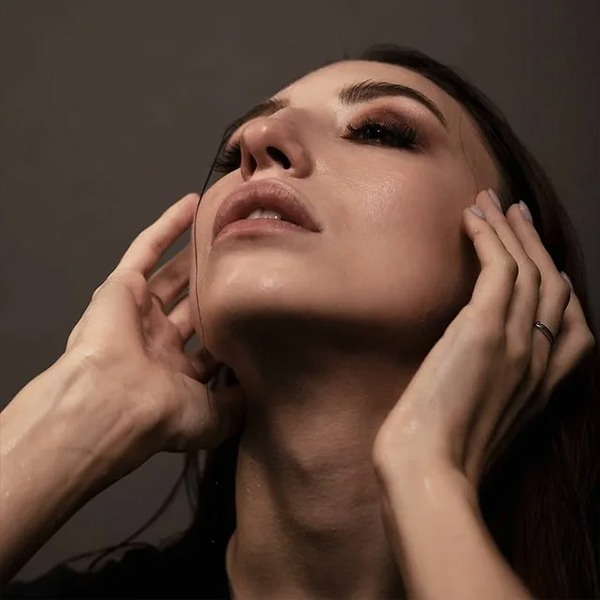
Although the onset of puberty varies from person to person, it is generally accepted that girls reach puberty at the age of 10 and boys at the age of 12. Children who transition to puberty experience some psychological and physiological changes that are necessary for growth.
The changes in many organs and tissues in the body are also reflected in the vocal cords in the larynx, which are more dominant in men; the height (pitch) and quality of the voice change. Especially in males, the vocal cords become longer and thicker, leading to a thickening of the voice. This process continues until approximately the age of 18. The first phase of voice change is the initial (pre-mutation) phase. This is followed by change (mutation) and post-mutation (post-mutation) phases.
TREATMENT PROCESS
Mutational Falsetto Puberfoni
1 Session
1 Day
Lifetime
1 Hour
Now.
General Anesthesia
1 Day
What are the Symptoms of Mutational Falsetto Puberphonia?
The typical characteristic features of puberphonia are pitch breaks, monotone speech and abnormal pitch. However, complaints such as hoarseness, breathlessness, vocal fatigue, and double-voiced speech are also reported.
Physical examinations of patients with puberphonia usually do not reveal any anatomical damage or disorder. It is often found that only the thin front part of the vocal cords vibrates, not the entire vocal cords, and therefore the voice frequency decreases, causing the voice to sound thin. The most common complaints of patients are being made fun of by their peers, not being taken seriously, being exposed to bad jokes and being perceived as a woman in telephone conversations.
The voice characteristics and vocal cords of people with symptoms of puberphonia and / or different complaints are examined by a specialist ear – nose – throat doctor and the diagnosis is made. GRBAS Scale (Grade-grade, Roughness-roughness, Breathiness-breathiness, Asthenia-fatigue, Strain-shape change) is a frequently used measurement tool in which airway patency is subjectively examined in diagnosis. The Multi-Dimensional Voice Program (MDVP) and the Speech Range Profile (SRP), which perform acoustic analysis and can numerically evaluate voice parameters such as fundamental frequency, noise and vocal tremor, are also widely used.
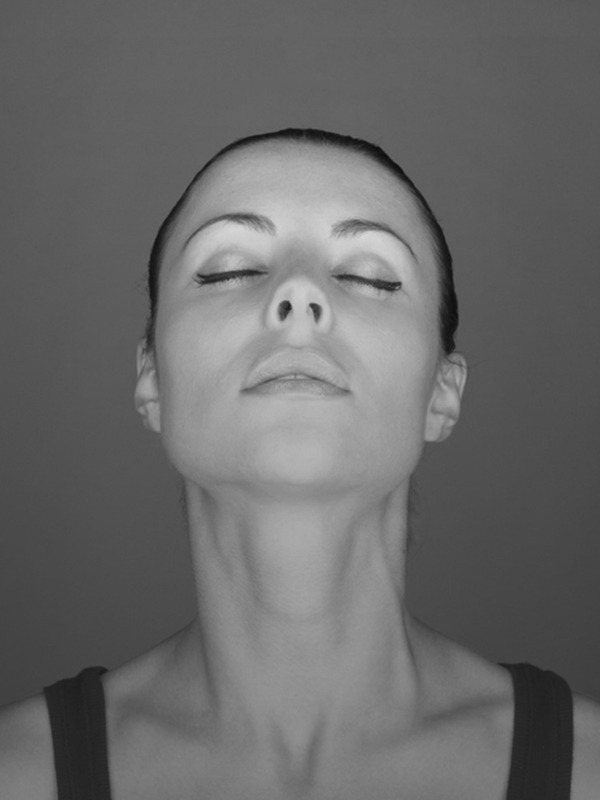
What are the Causes of Mutational Falsetto Puberphonia?
Although there is no comprehensive and systematic study on the cause of puberfonia, it is considered to be caused by many physical, psychological and mental factors;
- Late Sexual Maturity,
- Hypogonadism known as male hormone (androgen) and female hormone (estrogen) insufficiency,
- Hearing Problems,
- Neurological and Hormonal Problems,
- The urge to resist the rapid changes that occur in the body with the onset of puberty,
- Dislike of thick tone of voice,
- The Desire to Perpetuate the Voice of Childhood,
- Sense of Ageing,
- The Desire to Stay Young and Emotional Stress,
- Environmental Embarrassment due to Rapid Change,
- For Men, Constantly Spending Time With Female Individuals
Frequently Asked Questions
What is Mutational Falsetto?
How is Mutational Falsetto Puberphonia Treated?
Puberphonia is the easiest voice disorder to treat and definite improvement is achieved after treatment. In the absence of any other anatomical problem in or around the vocal cords, canusually be treated with a single 30 – 40 minute session of voice therapy.
The aim of voice therapy is to find the correct position of the laryngeal muscles and to stabilise the habit of using the correct vocal pitch with the Biofeedback (biological feedback) method. With the biofeedback method, the person sees his/her own sound waves transferred to the screen, hears the recorded thin and thick voice, understands that the problem is not due to physiological reasons and finds the correct pitch by adjusting his/her voice according to the waves he/she sees. Afterwards, the use of the voice in the appropriate pitch is fixed by practising vocal range expansion exercises using images.
Since puberphonia is a problem that causes psychological problems rather than physical discomfort, it is also recommended to seek psychological help simultaneously with voice therapy.

